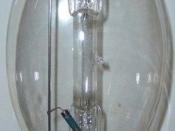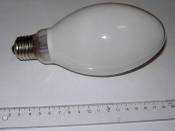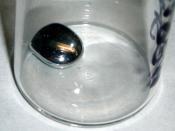Mercury is a neurotoxin. Outbreaks of methyl mercury poisonings have made it clear that adults, children, and developing fetuses are at risk from ingestion exposure to mercury. When mothers with no symptoms of nervous system damage gave birth to infants with severe disabilities, it became clear that the developing nervous system of the fetus may be more vulnerable to methyl mercury than is the adult nervous system.
The most common way people are exposed to any form of mercury is by eating fish containing methyl mercury. Other exposures include breaking products containing elemental mercury and using compounds that contain mercury.
The factors that determine how severe the health effects are from mercury exposure include the chemical form of mercury, the dose, and the duration of exposure, the route of exposure, -- breathing, eating, and the age and health of the person exposed.
Elemental or metallic mercury is the liquid metal used in thermometers, barometers, and thermostats and other electrical switches.
Metallic mercury is often found in school laboratories as well as in thermometers, barometers, switches, thermostats, and other devices found in school science labs.
It is not uncommon for children to break fever thermometers in their mouths. Mercury that is swallowed in such cases poses low risk comparison to the risk of breathing mercury vapor. There are some necklaces imported from Mexico that contain a glass pendant that contains mercury. The mercury-containing pendants can come in various shapes such as hearts, bottles, balls, saber teeth, and chili peppers. If broken, they release metallic mercury to the environment.
When elemental mercury is spilled or a device containing mercury breaks, the exposed elemental mercury can evaporate and become an invisible, odorless toxic vapor. This is especially true in warm or poorly-ventilated rooms or spaces.





